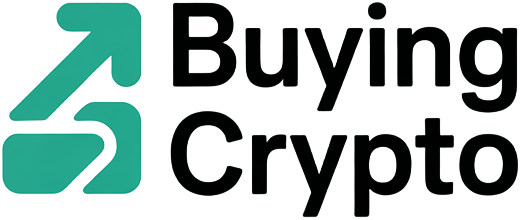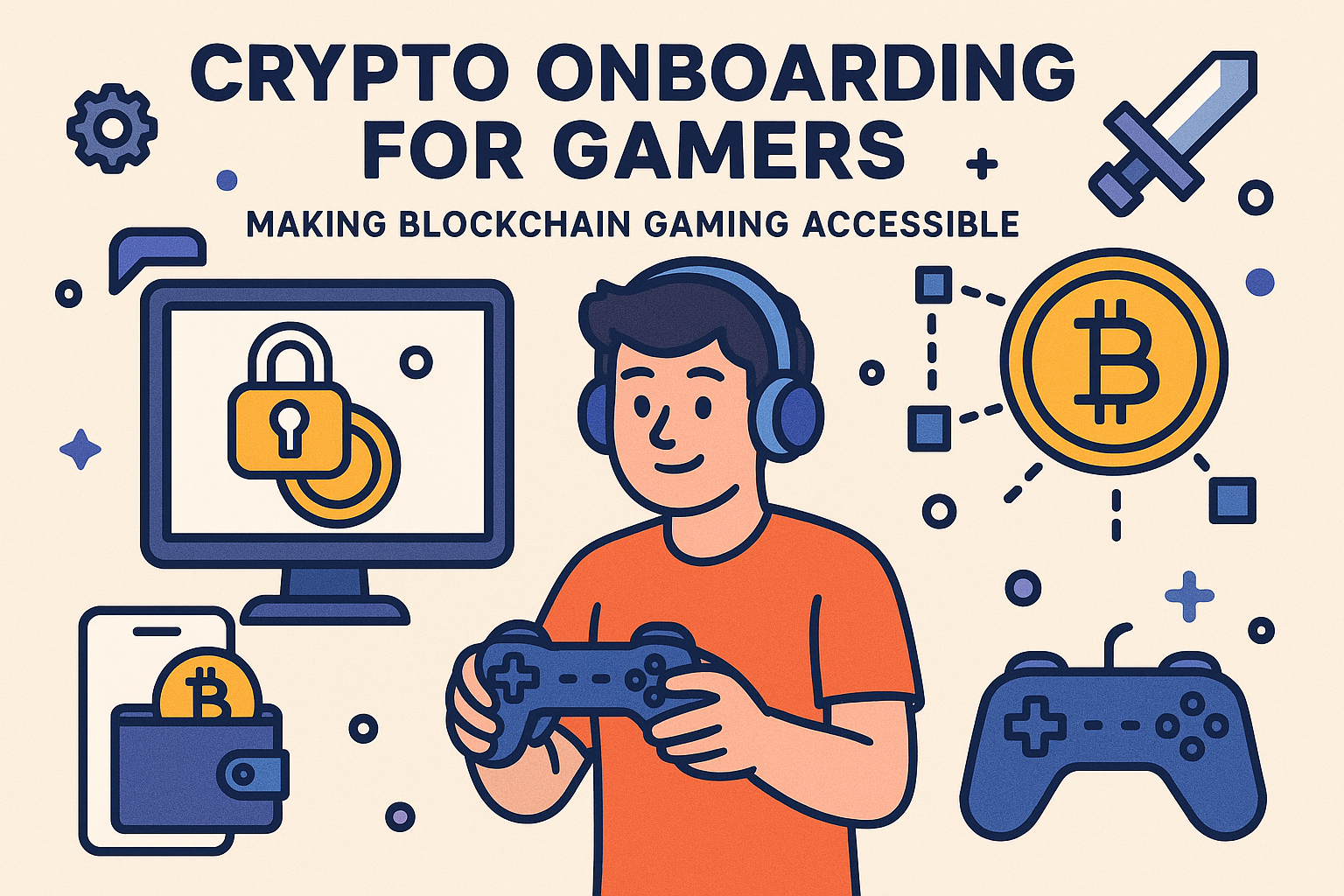Crypto Onboarding for Gamers: Making Blockchain Gaming Accessible
Blockchain gaming is rapidly reshaping the digital entertainment landscape, but for many gamers, the leap from traditional platforms to web3 can still feel like an intimidating jump into the unknown.…


